Contents
Although everyone will find each chapter in this book relevant to his or her life in some way, those who fill special roles may find certain chapters of particular interest. Parts Two and Three deal with subjects like sleep, music, and sex, which affect everybody every day; therefore, we suggest that all readers, regardless of their roles, would benefit from the materials in these chapters.
Below are listed several role categories and the additional chapters that may be of special interest to people in these roles.
Doctors, lawyers, and others in professional practice | 10, 20, 22, 2425, 28, 3334 |
Human resource professionals | All |
Managers | 910, 2434 |
Mental health professionals | All |
Negotiators | 9, 2426, 3031 |
Parents | All |
Religious professionals | 7, 9, 20, 2535 |
Research-and-development professionals | 10, 2426, 3334 |
Salespeople | 10, 27, 30, 3334 |
Students | 5, 2023, 2935 |
Teachers, trainers, and coaches | 5, 2023, 2935 |
There are two ways of spreading light: to be the candle or the mirror that reflects it.
Edith Wharton
Why this book?
Tomes about the mind and brain pepper the shelves of airport kiosks and bookstores from Phoenix to Philly. The available books about the brain can be divided into two categories: research reports and practical applications. Neurobiology texts belong in the first category, and how-to books ( How to Increase Your Memory, How to Be More Creative ) belong in the second.
This book serves to create an explicit overlap between these two categories. Research books generally decline to identify the everyday applicability of their findingsindeed, that is not their purpose. Practical books usually avoid the explicit connection between a piece of advice and its basis in research. This book is meant to yoke the two together as a team by saying, Heres what we know about memory storage in the brain, and heres how that knowledge can help us improve our recall of information. When I presented at Eric Jensens brain conference in San Diego, he had listed speakers in three categories: researchers, practitioners, and interpreters. The last is what I aman interpreter, one who follows the research and interprets as needed to the practitioners.
Why me? Im not an academic who must publish or perish, and Im not a natural writer possessed with an irresistible urge to put pen to paper (or, more aptly, fingertips to keyboard). So why did I write this book? A story will explain.
All my life I had viewed myself as something of a dilettante, with a wide variety of interests. That changed in the spring of 1988, when I read The Universe Within, by Morton Hunt. Hunt, a science popularizer, introduced the English-reading world to cognitive science, the interdisciplinary approach to understanding the workings of the mind-brain. Each chapter of his book summarized research in an area that had been of interest to me: problem solving, creativity, learning theory, and so on. Voil! I was no longer a dilettante, but a cognitive scientist. I began to read everything I could find dealing with this new field (which is described in chapter 1), and I found that the extensive scientific literature on brain research provided me with a basis for my applied interests.
In December 1988, I began serving a term on the program committee of the local chapter of the American Society for Training and Development (ASTD). The committee asked for program suggestions for monthly meetings in 1989, so I suggested that we bring in a speaker on the subject of cognitive science. After hearing my justification, they agreed that the chapter would benefit from such a program and asked me to find a speaker. I was able to find speakers who were expensive and practical in their approach or speakers who were inexpensive and theoretical in their approach, but I had to report that I was unable to find anyone we could afford who was willing to present an application-oriented program to our group. I argued, and they agreed, that the more theoretical speakers would be hooted out of the hall. As a result, they asked, Pierce, why dont you do a program? I agreed.
It is like the man who claimed to be selling Abraham Lincolns axhe explained that over the years the head had to be replaced twice and the handle three times.
Stephen Pinker,
The Language Instinct
I presented the programentitled Brain Updatein August 1989. After an encouraging reception, I presented the program in two other cities and then at the regional meeting in Gatlinburg, Tennessee, in the fall of 1990. After each of the four presentations, people came up to me and asked, What have you written? Your content is fascinating, but wed like something written to consider in more depth. Responding to this encouragement as evidence of a genuine need, my wife and partner, Jane, and I decided that I should cut back on my consulting duties and write a book. That was in August 1991. I started writing and reading to fill in the gaps, closing in on fulfilling my commitment to provide you with written documentation of what I enjoyed talking about from the front of the classroom. The result was the first edition of The Owners Manual for the Brain, published in 1994; five years later came the second edition; seven years later, the third. With this fourth edition, as with earlier ones, I have found that some, but not all, of the previous editions have been replaced. Much has been added. Like Abe Lincolns ax, the form remains the same.
How is this book unique? First, it stands with one foot in the research camp and the other in practice. Second, it reflects my 40-plus years of experience as a management consultant. (I cannot apologize for the fact that this book reflects the part of the world with which I am familiar.) Third, I have included only brain research findings that have widespread practical applications. Findings that are interesting but not generally useful have not been included. Fourth, for the most part, the structure is aimed at those using the research, not the researchers themselves.
The basic structure of the book employs what I like to refer to as the So what? format. The typical response to reported research findings is So what? For example, research shows that the level of the hormone melatonin is directly related to the quality of our sleep. You may say, So what? Well, this book is designed with that question in mind. Every piece of research reported is followed by one or more specific suggestions for its application. Here is an example of what you will find.
TOPIC 16.5 | Sleep and Exercise |
Exercising tends to elicit cortical alertness, which is not what you want when going to sleep. Exercise relaxes you after experiencing stress, but good aerobic exercise generally puts your nervous system in a state of moderate arousal. In this condition, you are ideally suited for mental tasks. In order to sleep soon after a workout, you would need to consume carbohydrates and dairy products.
Applications
 Exercise no later than several hours before bedtime.
Exercise no later than several hours before bedtime.
 If you must exercise just before retiring for the evening (I know a television sports announcer who exercises after a night game because hes so keyed up), try reading a relatively unemotional book in bed rather than an exciting one (for example, Plato rather than Dan Brown) to help you get to sleep.
If you must exercise just before retiring for the evening (I know a television sports announcer who exercises after a night game because hes so keyed up), try reading a relatively unemotional book in bed rather than an exciting one (for example, Plato rather than Dan Brown) to help you get to sleep.
Next page
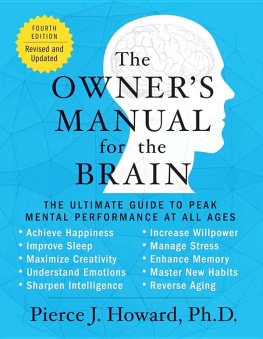

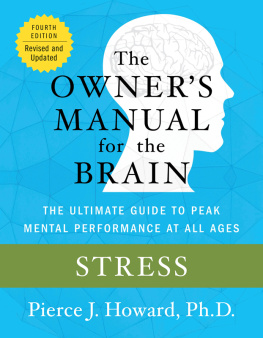
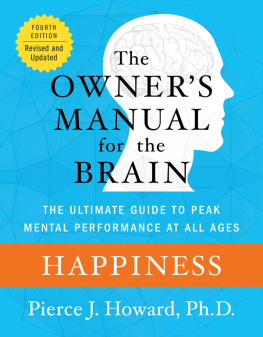

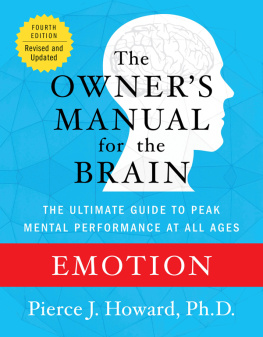
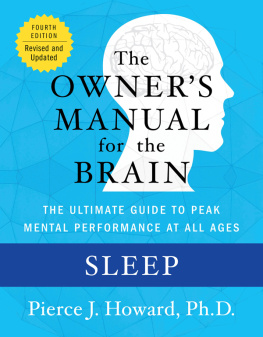
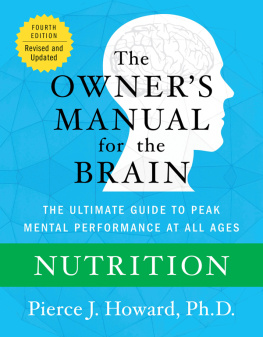
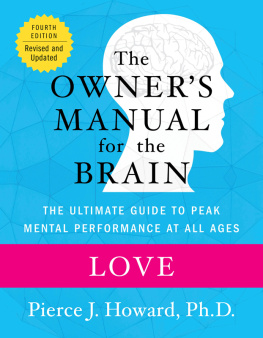
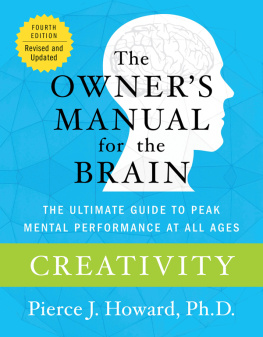
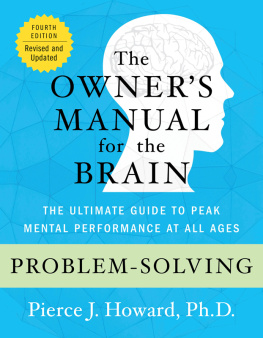
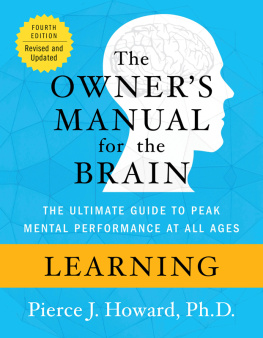
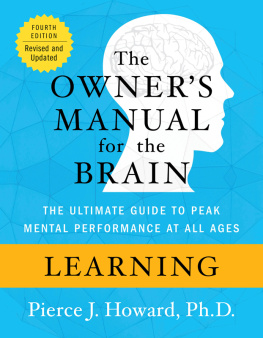
 Exercise no later than several hours before bedtime.
Exercise no later than several hours before bedtime. If you must exercise just before retiring for the evening (I know a television sports announcer who exercises after a night game because hes so keyed up), try reading a relatively unemotional book in bed rather than an exciting one (for example, Plato rather than Dan Brown) to help you get to sleep.
If you must exercise just before retiring for the evening (I know a television sports announcer who exercises after a night game because hes so keyed up), try reading a relatively unemotional book in bed rather than an exciting one (for example, Plato rather than Dan Brown) to help you get to sleep.